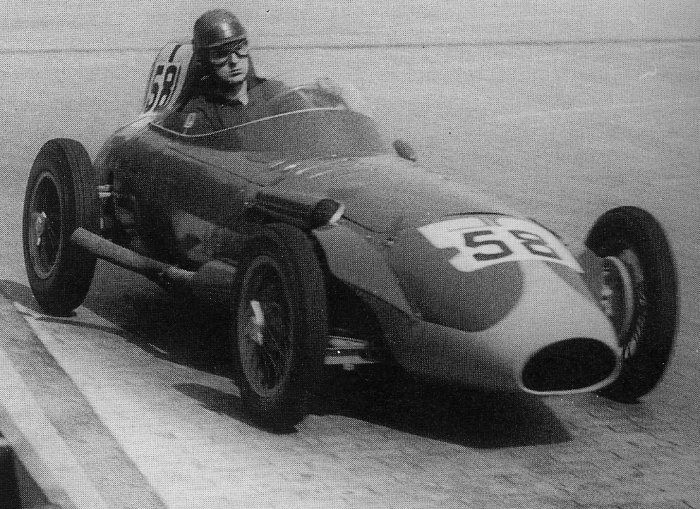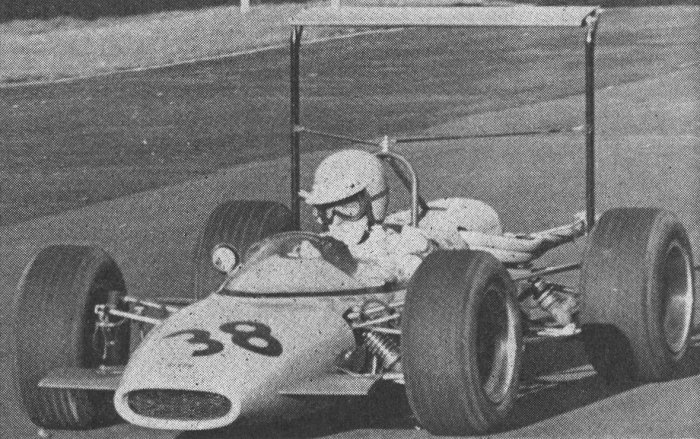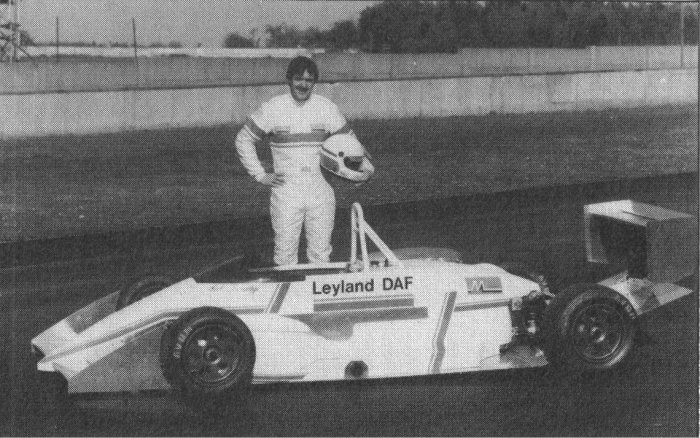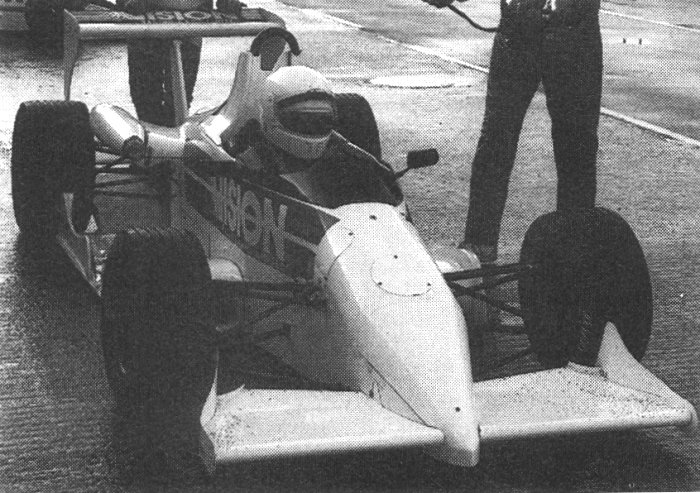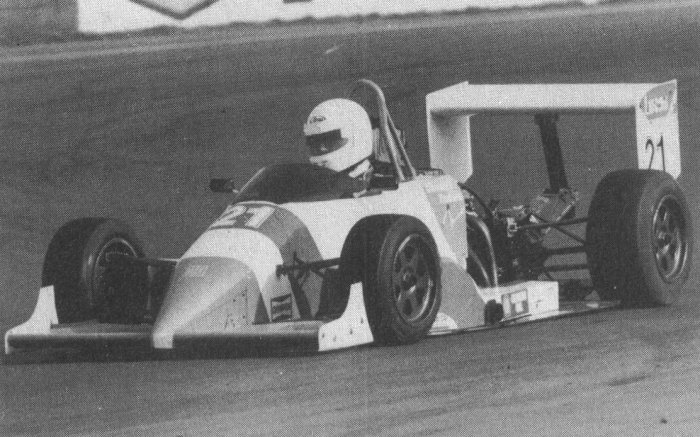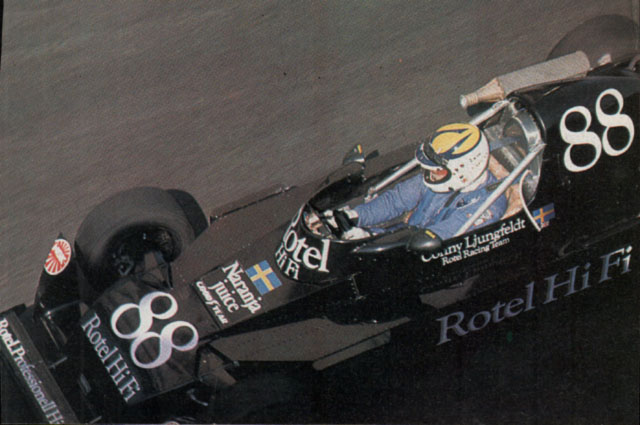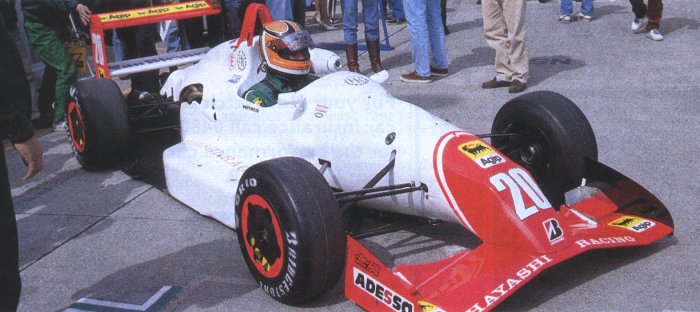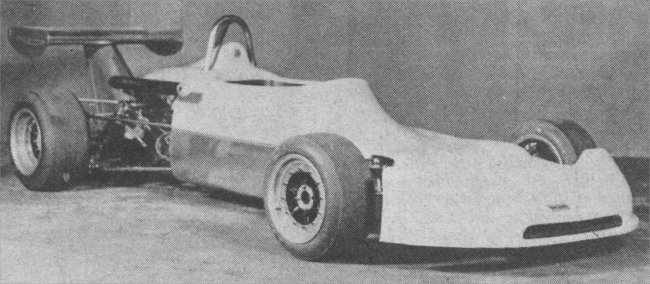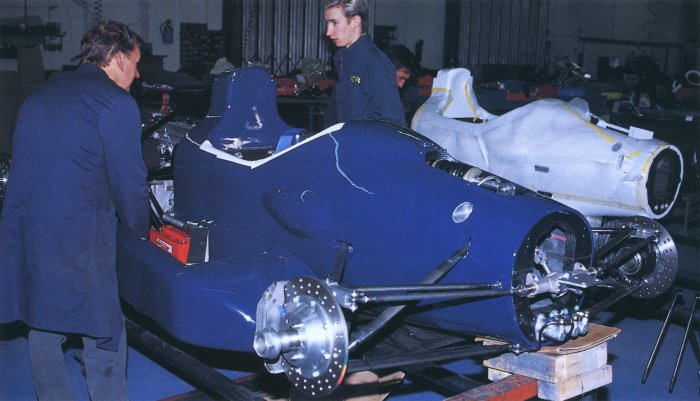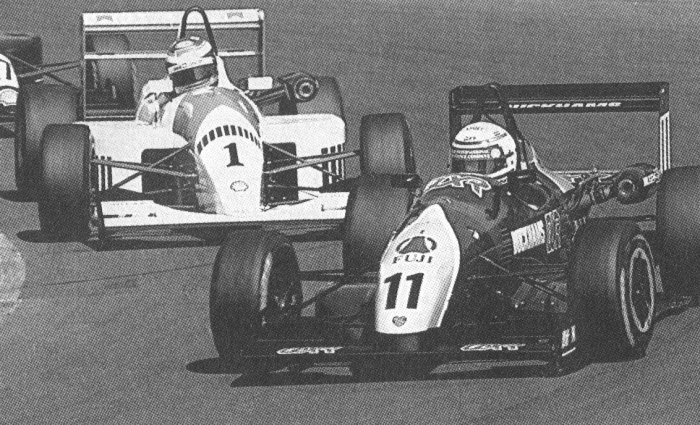Volpini
Based in Milan, Gianpaolo Volpini’s first F3 car was a 1953 500cc car that used a Gilera engine and was quite successful racing in both Italy and France. An abortive F1 project was undertaken in 1954 in conjunction with engine builder Egidio Arzani, they bought a 1950 Maserati chassis and enlarged the engine, which was renamed Arzani, and fitted revised bodywork. The Arzani-Volpini was entered in the Pau GP in April 1955 qualifying at the back of the grid. Tragically during the race driver Mario Alborghetti crashed and was killed. The car was entered for the Italian GP later in the year but was never seen again.
When F Junior became popular Volpini began building, usually Fiat-powered, cars for the Italian market. Consisting of a ladder frame chassis with unequal length wishbones with coil springs and dampers at the front and a Fiat live rear axle and a Fiat gearbox, drum brakes were fitted all-round. Despite having a driver of the calibre of a young Lorenzo Bandini the car was not noticeably successful although he did finish 4th at F Junior support race for the 1959 Monaco GP. In April 1964 a Volpini-Lancia finished 9th in an F3 race at Circuito del Garda and in May 1965 a Ford-powered example entered an Italian Championship round on the Junior circuit an Monza but did not appear. The 1964 car is likely to be a converted F Junior chassis since the Lancia engine was used in later Junior models, perhaps the 1965 entry was meant to be a new F3 design.
Drivers
1964 Angelo Caffi.
1965 Giovanni Lo Voi.

